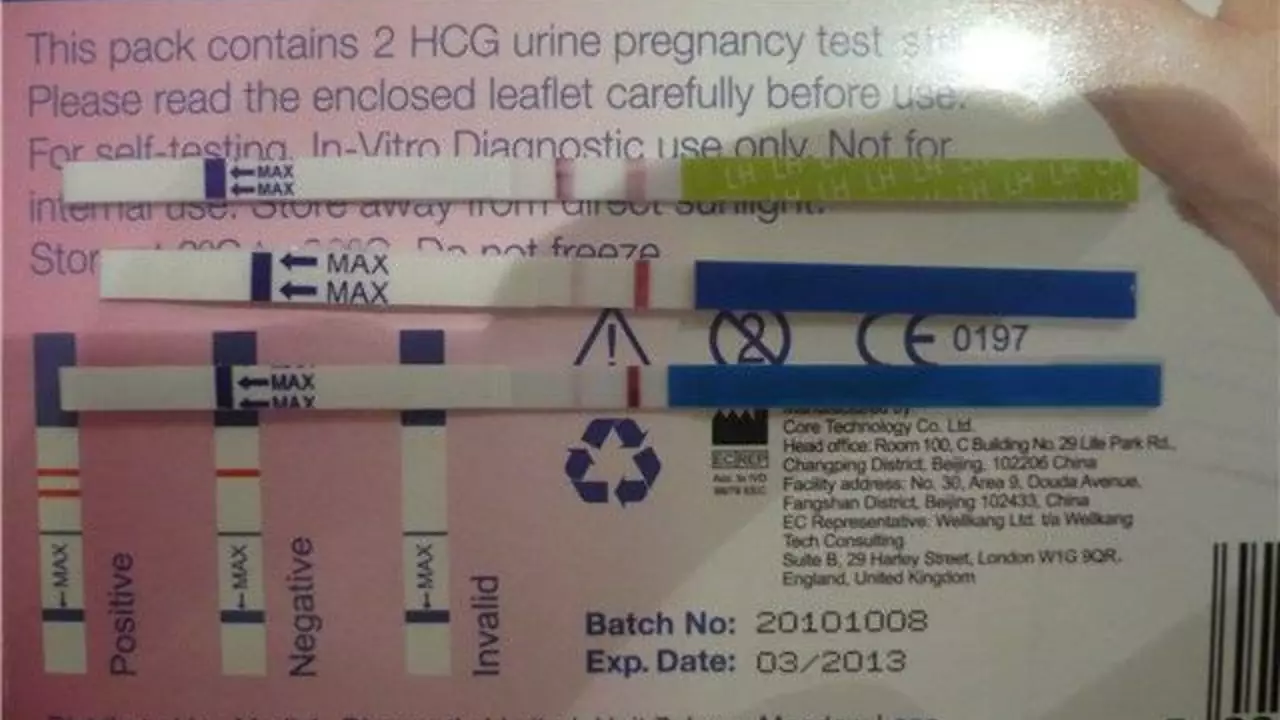The Advent of Pregnancy Testing
The history of pregnancy tests dates back to ancient times, but the modern methods that we are familiar with today have only been around for a few decades. The journey of the pregnancy test card is a fascinating one, filled with scientific breakthroughs and societal changes. Before we had the convenience of the pregnancy test card, women had to rely on less reliable and more invasive methods to determine if they were pregnant.
The Ancient Methods
In the ancient world, different cultures had their own unique methods for determining pregnancy. For instance, in Ancient Egypt, women were asked to urinate on wheat and barley seeds. It was believed that if the seeds sprouted, it indicated that the woman was pregnant. While this method may seem odd to us today, it was surprisingly accurate since the urine of pregnant women contains hormones that can facilitate the germination of seeds.
The Rabbit Test
In the early 20th century, a method known as the 'rabbit test' was introduced. This test involved injecting a woman's urine into a female rabbit. If the woman was pregnant, the hormones in her urine would cause the rabbit's ovaries to change, indicating pregnancy. However, this test was not only time-consuming and costly but also required the sacrifice of the rabbit, making it a less than ideal method.
The Emergence of the Pregnancy Test Card
The first home pregnancy test, similar to what we know today, was developed in the 1960s. It was a significant breakthrough because it allowed women to find out if they were pregnant in the privacy of their own homes. These early tests were a bit complicated and required mixing urine with a solution, but they were the forerunners to the modern pregnancy test card.
Refinement and Simplification
Over the years, the pregnancy test card has undergone many refinements to make it more user-friendly and accurate. The test became more straightforward with the introduction of the 'dip and read' method, where a woman could simply dip the test card into a cup of her urine and then read the results. This made the test much simpler and less messy than previous versions.
The Arrival of Digital Pregnancy Tests
With the advancement of technology, digital pregnancy tests were introduced in the late 1990s. These tests not only indicate if a woman is pregnant or not but also estimate how many weeks she has been pregnant. This was a significant development as it provided women with more information about their pregnancy at a very early stage.
The Importance of Accuracy
Over time, the accuracy of pregnancy tests has improved significantly. Today's pregnancy test cards can detect pregnancy just a few days after a missed period, with accuracy rates of more than 99%. This high level of accuracy gives women the confidence to trust the results and make informed decisions about their pregnancy.
The Future of Pregnancy Tests
As we look towards the future, we can expect even more advancements in the field of pregnancy testing. Scientists are currently working on developing tests that can detect pregnancy even earlier and provide more detailed information about the health of the pregnancy. Whatever the future holds, the history of the pregnancy test card serves as a reminder of the incredible scientific progress we have made and the power of innovation to transform lives.

Dr. Marie White
July 2, 2023 AT 17:46It’s crazy to think women had to rely on rabbits dying just to know if they were pregnant. That’s not just invasive-it’s cruel.
Steve Dressler
July 4, 2023 AT 01:04Carl Lyday
July 5, 2023 AT 11:37Tom Hansen
July 5, 2023 AT 20:54Donna Hinkson
July 7, 2023 AT 06:54Rachel M. Repass
July 8, 2023 AT 02:45And now? We’re on the cusp of epigenetic pregnancy mapping. Imagine knowing your embryo’s neural development potential before implantation. The future is already here, and it’s in your medicine cabinet.
Arthur Coles
July 9, 2023 AT 18:31adam hector
July 10, 2023 AT 08:01Ravi Singhal
July 11, 2023 AT 23:40Victoria Arnett
July 12, 2023 AT 17:50HALEY BERGSTROM-BORINS
July 13, 2023 AT 10:13Sharon M Delgado
July 13, 2023 AT 14:05Wendy Tharp
July 13, 2023 AT 14:34Subham Das
July 14, 2023 AT 23:32Cori Azbill
July 16, 2023 AT 05:29Paul Orozco
July 17, 2023 AT 12:04Bobby Marshall
July 18, 2023 AT 22:42Ardith Franklin
July 20, 2023 AT 19:26